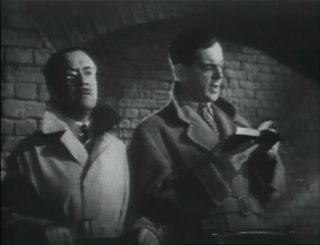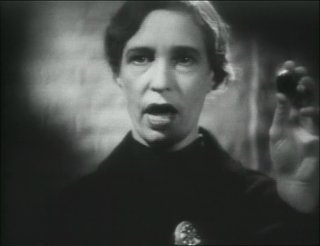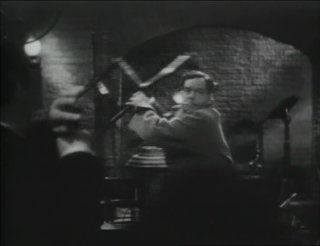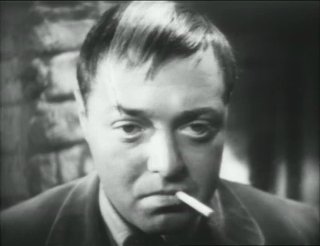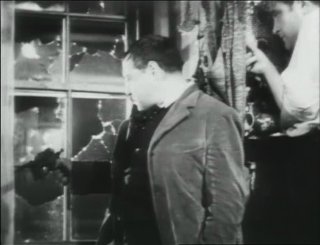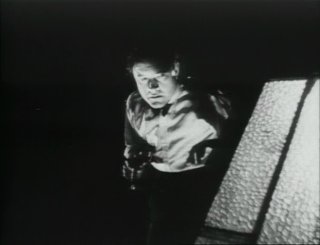David Wong’s article on the coming video game crash seems to have inspired Steven Den Beste, who agrees with Wong that there will be a gaming crash and also thinks that the same problems affect other forms of entertainment. The crux of the problem appears to be novelty. Part of the problem appears to be evolutionary as well. As humans, we are conditioned for certain things, and it seems that two of our insticts are conflicting.
The first instinct is the human tendency to rely on induction. Correlation does not imply causation, but most of the time, we act like it does. We develop a complex set of heuristics and guidelines that we have extrapolated from past experiences. We do so because circumstances require us to make all sorts of decisions without posessing the knowledge or understanding necessary to provide a correct answer. Induction allows us to to operate in situations which we do not uderstand. Psychologist B. F. Skinner famously explored and exploited this trait in his experiments. Den Beste notes this in his post:
What you do is to reward the animal (usually by giving it a small amount of food) for progressively behaving in ways which is closer to what you want. The reason Skinner studied it was because he (correctly) thought he was empirically studying the way that higher thought in animals worked. Basically, they’re wired to believe that “correlation often implies causation”. Which is true, by the way. So when an animal does something and gets a reward it likes (e.g. food) it will try it again, and maybe try it a little bit differently just to see if that might increase the chance or quantity of the reward.
So we’re hard wired to create these heuristics. This has many implications, from Cargo Cults to Superstition and Security Beliefs.
The second instinct is the human drive to seek novelty, also noted by Den Beste:
The problem is that humans are wired to seek novelty. I think it’s a result of our dietary needs. Lions can eat zebra meat exclusively their entire lives without trouble; zebras can eat grass exclusively their entire lives. They don’t need novelty, but we do. Primates require a quite varied diet in order to stay healthy, and if we eat the same thing meal after meal we’ll get sick. Individuals who became restless and bored with such a diet, and who sought out other things to eat, were more likely to survive. And when you found something new, you were probably deficient in something that it provided nutritionally, so it made sense to like it for a while — until boredom set in, and you again sought out something new.
The drive for diversity affects more than just our diet. Genetic diversity has been shown to impart broader immunity to disease. Children from diverse parentage tend to develop a blend of each parent’s defenses (this has other implications, particularly for the tendency for human beings to work together in groups). The biological benefits of diversity are not limited to humans either. Hybrid strains of many crops have been developed over the years because by selectively mixing the best crops to replant the next year, farmers were promoting the best qualities in the species. The simple act of crossing different strains resulted in higher yields and stronger plants.
The problem here is that evolution has made the biological need for diversity and novelty dependent on our inductive reasoning instincts. As such, what we find is that those we rely upon for new entertainment, like Hollywood or the video game industry, are constantly trying to find a simple formula for a big hit.
It’s hard to come up with something completely new. It’s scary to even make the attempt. If you get it wrong you can flush amazingly large amounts of money down the drain. It’s a long-shot gamble. Every once in a while something new comes along, when someone takes that risk, and the audience gets interested…
Indeed, the majority of big films made today appear to be remakes, sequels or adaptations. One interesting thing I’ve noticed is that something new and exciting often fails at the box office. Such films usually gain a following on video or television though. Sometimes this is difficult to believe. For instance, The Shawshank Redemption is a very popular film. In fact, it occupies the #2 spot (just behind The Godfather) on IMDB’s top rated films. And yet, the film only made $28 million dollars (ranked 52 in 1994) in theaters. To be sure, that’s not a modest chunk of change, but given the universal love for this film, you’d expect that number to be much higher. I think part of the reason this movie failed at the box office was that marketers are just as susceptible to these novelty problems as everyone else. I mean, how do you market a period prison drama that has an awkward title an no big stars? It doesn’t sound like a movie that would be popular, even though everyone seems to love it.
Which brings up another point. Not only is it difficult to create novelty, it can also be difficult to find novelty. This is the crux of the problem: we require novelty, but we’re programmed to seek out new things via correllation. There is no place to go for perfect recommendations and novelty for the sake of novelty isn’t necessarily enjoyable. I can seek out some bizarre musical style and listen to it, but the simple fact that it is novel does not guarantee that it will be enjoyable. I can’t rely upon how a film is marketed because that is often misleading or, at least, not really representative of the movie (or whatever). Once we do find something we like, our instinct is often to exhaust that author or director or artist’s catalog. Usually, by the end of that process, the artist’s work begins to seem a little stale, for obvious reasons.
Seeking out something that is both novel and enjoyable is more difficult than it sounds. It can even be a little scary. Many times, things we think will be new actually turn out to be retreads. Other times, something may actually be novel, but unenjoyable. This leads to another phenomenon that Den Beste mentions: the “Unwatched pile.” Den Beste is talking about Anime, and at this point, he’s begun to accumulate a bunch of anime DVDs which he’s bought but never watched. I’ve had similar things happen with books and movies. In fact, I have several books on my shelf, just waiting to be read, but for some of them, I’m not sure I’m willing to put in the time and effort to read them. Why? Because, for whatever reason, I’ve begun to experience some set of diminishing returns when it comes to certain types of books. These are similar to other books I’ve read, and thus I probably won’t enjoy these as much (even if they are good books).
The problem is that we know something novel is out there, it’s just a matter of finding it. At this point, I’ve gotten sick of most of the mass consumption entertainment, and have moved on to more niche forms of entertainment. This is really a signal versus noise, traversal of the long tail problem. An analysis problem. What’s more, with globalization and the internet, the world is getting smaller… access to new forms of entertainment are popping up (for example, here in the US, anime was around 20 years ago, but it was nowhere near as common as it is today). This is essentially a subset of a larger information aggregation and analysis problem that we’re facing. We’re adrift in a sea of information, and must find better ways to navigate.
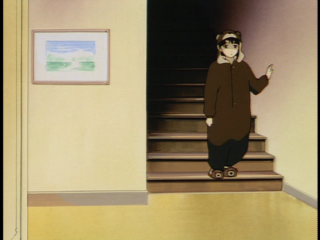
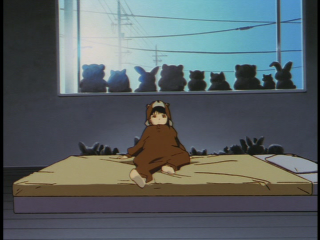
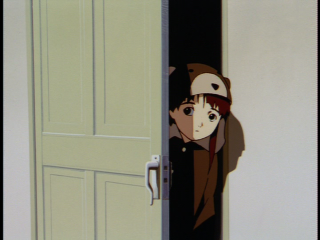
 In the
In the 
